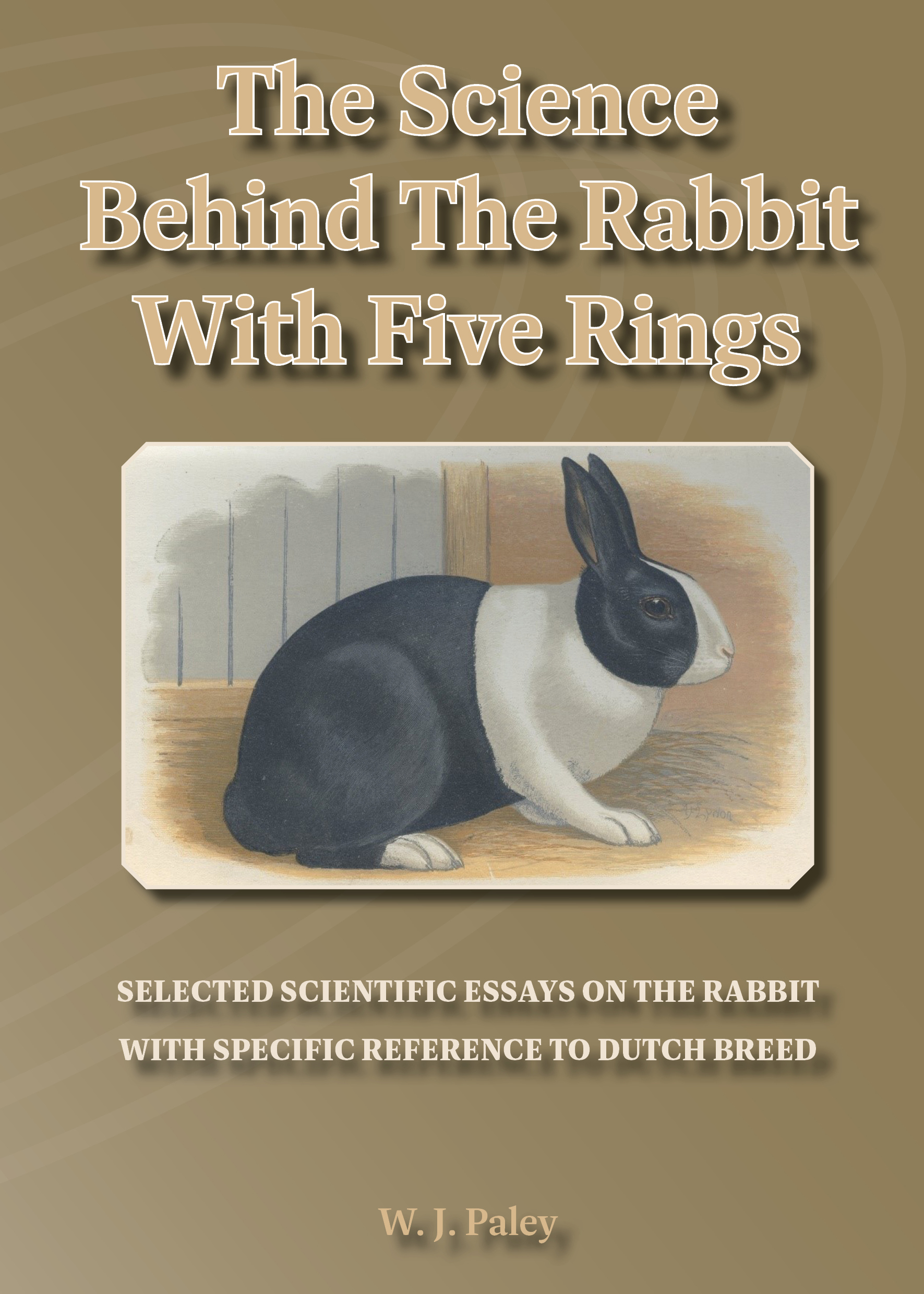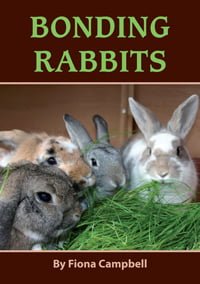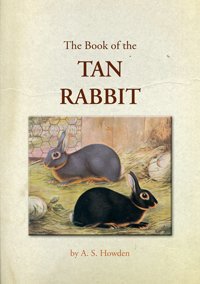Description
194 A5 pages, soft back, illustrated, 1st edition 2023 ISBN 978-1-898015-38-3
Bill Paley writes: The inspiration for this book came from two separate events, some twenty years or so apart. These events are described in more detail in the closing chapter.
This book has been many years in the making and follows on from my first book, ‘The Rabbit with Five Rings’, (See Paley 2021), which was a compilation of selected essays on Dutch rabbits written by the ‘old hands’ of the Dutch rabbit fancy in Britain and America and by me, in the UKDRC Yearbook and the journal ‘Fur and Feather’ over period of thirty years or so. Prior to Paley (2021), the last book of any substance on Dutch rabbits was written over one hundred years ago by Tom Ambrose, the late past President of the UKDRC. Ambrose (1913) only aimed his book at the general rabbit fancier and avoided any scientific aspects involved in Dutch rabbit breeding.
This book aims to address this shortcoming and to record the research of the early workers in rabbit genetics such as Hurst, Castle and Punnett. This book also briefly summarises the evolution and domestication of the rabbit. The classic works of Darwin and Mendel are also discussed together with current theory in genetics and genomics. Finally, three articles on specific health issues in Dutch rabbits conclude the book.
Many of the topics in this book have not been dealt with before in the fancy press or in texts such as this. The information is there in the scientific archives for those who care to search. It has been a time-consuming exercise, but I feel it has been worth the effort. I hope the reader finds the articles and the various topics which deal with the scientific aspects of Dutch rabbit breeding both interesting and illuminating.
Keith A Brand MRSB writes: “I have known Bill since he returned from his sabbatical from the Fancy in 1985. He appeared at a Dunfermline and District RC show, complete with his family and we immediately became friends. As an administrator running the SDERC, the YADRC and the UKDRC he had few equals. His skills as a chairman were also apparent when I was in my second spell as SRC secretary.
I was lucky enough during the course of my working day able to visit him at his home in Wiston-by-Biggar. Not only did I get to see his stud develop but also got a glimpse into his work as a palaeontologist studying the fossilised remains in core samples for the oil industry.
In all these things he was diligent and organised and this book shows the focus of his scientific mind. It is a collection of essays previously published in Fur and Feather, augmented with an article from the late John Ramsay (who I also knew very well) published in a SRC yearbook some years ago. Also within the pages are some new essays.
Bill explores the full gambit of colours available in the Dutch fancy, both in Europe and America. It is a wonderful insight into what we could have. The Essentials of a Good Dutch essay is a fantastic read and I would recommend anyone thinking of becoming a judge to get this book just for that section.
However, it is Bill’s insight into genetics and his accumulated knowledge of the studies of Hurst, Castle, Punnett and Fontanesi who followed on from the work of Mendel and Darwin,who were the genesis for the work of the forementioned. In amongst those famous names I think you can now add, Paley. This book is a culmination of years of study and wouldn’t have been possible without years of material gathering and one man’s determination to pull all this information together in the pages of one book. I thoroughly recommend the book to any fancier, whether or not, they breed Dutch.




